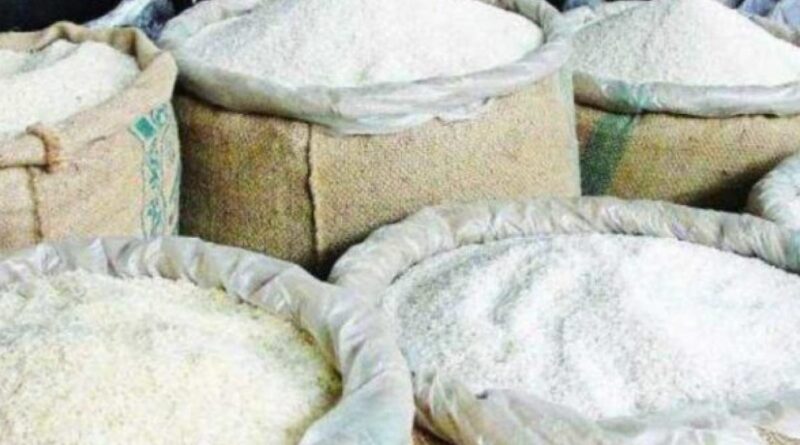Indonesia’s rice import strategy deemed appropriate amidst volatility
Amid the rising prices and shortages in supply, the Indonesian government, with the support of the National Food Agency, has devised a rice import strategy to meet the needs of its citizens and to stabilise the volatile rice market.
Finance Minister Sri Mulyani Indrawati recently raised concerns over a 7.7 per cent monthly increase in rice prices, which reached an average of 15,000 rupiah (RM4.58) per kilogramme (kg) this month, and its impact on monthly inflation.
Also, Sri Mulyani noted rising prices for garlic, red chillis, chicken, and eggs but remains hopeful that stabilising the volumes of national food commodities will help curb inflation, especially with the approaching Ramadan and Hari Raya.
National Food Agency head Arief Prasetyo Adi, in support of President Joko Widodo’s directive for rice imports since last year, said the move was important in safeguarding stocks and streamlining rice distribution to the populace.
He pointed out that the government’s need to intervene in the rice market to manage price fluctuations and the lack of Government Food Reserve (CPP) stocks.
Criticisms were levelled at Widodo, also known as Jokowi, for importing three million tonnes of rice from India and Thailand this year, as people were worried how the decision might affect local farmers because of the long-lasting dry weather caused by El Niño.
Arief said the imports were intended to strengthen the CPP and stabilise prices, adding that Bulog, the state food procurement agency, is actively distributing the rice to the markets.
The government’s 10-kg rice aid, launched by Jokowi in April 2023, will also continue until June 2024, benefiting 22 million families, sourced from the Government Rice Reserve (CBP).
Recent reports from the trader’s association highlight a surge in the average premium rice price to 18,000 rupiah per kg from 14,000 rupiah last year, attributed to reduced supply and heightened demand.
Arief pointed out the correlation between rice prices and paddy costs, cautioning against potential price doubling if paddy costs between 8,000 and 8,500 rupiah continue to rise.
Despite a surplus of 1.3 million tonnes in 2023, local rice production has consistently fallen short of consumption, resulting in a significant deficit in January and this month.
The Food and Agriculture Organisation’s report also underscores the trend, with the All Price Rice Index rose by 1.2 per cent in Jan 2024 to 142.8 points, marking a 13 per cent surge from the same month last year and the highest in four years.
Statistics Indonesia (BPS), meanwhile, projects an increase in rice planting areas, aiming to yield 5.81 million tonnes in the first quarter of 2024.
“With estimated consumption at 7.62 million tonnes, a deficit of 1.81 million tonnes looms,“ Arief said.
To mitigate potential challenges in food crop production, the government, through collaborative efforts as well as an early warning system by BPS, is being deployed to strengthen CPP.
Partnerships with the Ministry of Agriculture also seek to raise monthly planting and harvesting targets to 2.5 million tonnes, with a projected harvest of 3.5 million tonnes in March, despite earlier delays due to El Nino climate changes.
“If the ministry manages to achieve a rice production of 2.5 million tonnes per month in the future, we expect rice prices to start decreasing,“ said Arief.
Indonesia ranks as the fourth-largest rice producer in the world after China, India, and Bangladesh. -Bernama
This article has been republished from The Sun.

